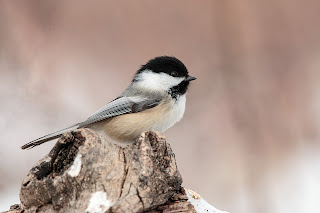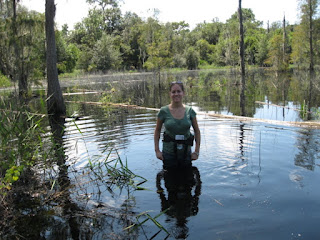Chickadees - The Seed Hoarders
By Wild Birds Unlimited, Tampa
Would you stake your life on your memory?
For many of us, probably not! But if forced to, how would you deal with a situation where the ability to remember where you put some food would be the difference between life and death?
Well, if you could mimic a chickadee, you would simply grow more memory cells to make sure you don't forget!
Each fall, chickadees begin caching seeds by the thousands. By storing seeds, they ensure they will have something to eat during harsh weather and when natural foods become scarce.
In a behavior called scatter hoarding, each seed they collect is hidden in a unique location. Common storage sites include under tree bark, dead leaves, clusters of conifer needles, in knotholes and even under house siding and shingles.
The amazing thing is that chickadees can accurately remember the location of each and every one of the seeds they hide!
It all has to do with their hippocampus, the region of the brain that stores locational memories. In chickadees, it is proportionately larger when compared to birds that do not cache food. Not only is it larger, it even increases in size each autumn and shrinks back down to its original size by spring. More space…more memories.
Other birds share this same caching behavior, including nuthatches, titmice and jays. Favorite targets for them to cache from your feeders can include sunflower and safflower seeds, tree nuts and peanuts.
Jays love to cache peanuts! They are especially fond of peanuts in the shell. They bury them in the ground and are known to cache up to 100 or more of them in a single day, emptying your feeder in no time.
And they will remember…and survive!


